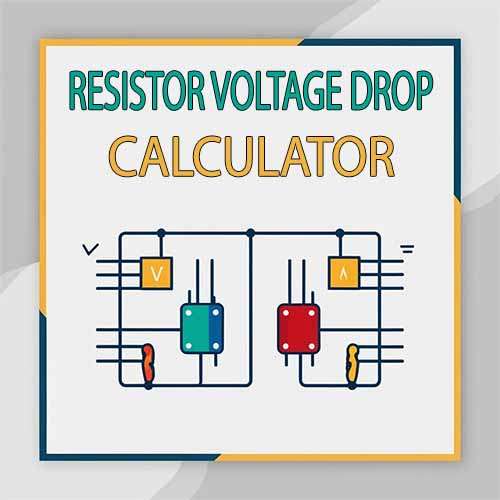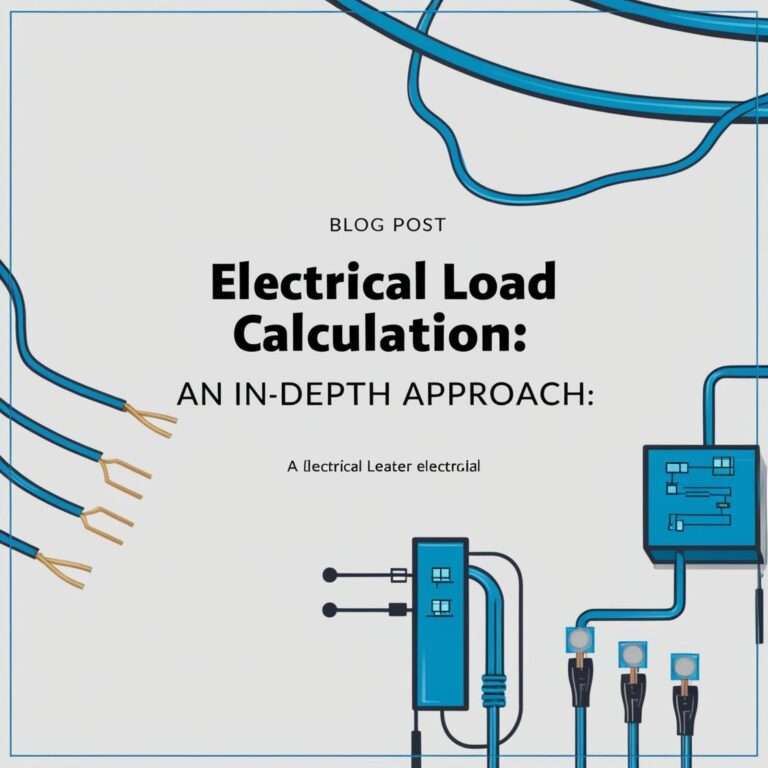Conduit Wire Fill Calculator: Best Tool for Engineers
Electrical wiring is the backbone of every residential, commercial, and industrial project. While most people think of voltage, amperes, and cable sizes, one important aspect often overlooked is conduit fill. Whenever multiple wires run through a single conduit, the total cross-sectional area of those wires must not exceed a certain percentage of the conduit’s area. This is where a conduit wire fill calculator comes into play. By using a simple tool such as an electrical conduit fill calculator, electricians, contractors, and engineers can ensure that their designs are both safe and compliant with NEC standards.
Table of Contents
Table of Contents

When wires are crammed too tightly in conduits, they generate excessive heat and make future upgrades or maintenance difficult. On the other hand, oversized conduits increase installation cost and material wastage. Striking the right balance requires accurate calculation, which is why knowing how to use a conduit wire fill calculator is so important.
This article provides a complete, technical, and practical understanding of conduit fill. You’ll learn how conduit fill works, why it matters, how to use a calculator effectively, and also get access to tables and formulas for accurate results. Whether you are a beginner electrician or a seasoned engineer, this guide will help you optimize conduit sizing with confidence.
Key Takeaways
- A conduit wire fill calculator helps determine how many wires of specific sizes can safely fit inside a conduit.
- NEC (National Electrical Code) defines the maximum fill capacity based on percentage values.
- Correct conduit sizing ensures safety, reduces overheating risks, and keeps wiring systems future-proof.
Use our online tool Power Factor Correction Capacitor Calculator – Complete Technical Guide
What is a Conduit Wire Fill Calculator?
A conduit wire fill calculator is a digital or manual tool that determines the maximum number of wires allowed inside a conduit without violating NEC fill limits. The calculator takes into account wire gauge (AWG), insulation type, conduit material, and conduit size. The output tells you if the selected conduit can safely hold your planned wires or if you need to adjust.
For example, if you want to run ten 12 AWG THHN wires inside a ¾-inch PVC conduit, the calculator will quickly tell you if that size is sufficient or if you need to upgrade to a larger conduit. Instead of manually looking at NEC tables every time, the calculator automates the process and reduces human error.
Why Conduit Fill Matters in Electrical Design
The NEC specifies conduit fill percentages for safety and practicality. The three key rules are:
- 1 conductor: Up to 53% of the conduit area may be filled.
- 2 conductors: Up to 31% of the conduit area may be filled.
- 3 or more conductors: Maximum 40% of the conduit area may be filled.
These rules prevent overheating and allow enough space for pulling wires during installation. If the conduit is overfilled, wires can be damaged during pulling, insulation may crack, and future troubleshooting becomes nearly impossible.
In addition, excessive wire fill creates resistance and may require derating of ampacity. This means even if the wire is rated for a certain current, crowding inside the conduit could lower its safe capacity. By using a conduit wire fill calculator, electricians can avoid such costly mistakes.
Basic Formula Behind Conduit Fill
The calculator works on a simple principle:
Conduit Fill (%) = (Total Wire Area ÷ Conduit Area) × 100
Where:
- Total Wire Area = Sum of cross-sectional areas of all wires inside the conduit
- Conduit Area = Internal cross-sectional area of the chosen conduit
If the result is less than or equal to the NEC percentage limit, the conduit is acceptable. If not, you must use a larger conduit.
Use our online tool AWG to mm² Calculator – Convert Wire Sizes Easily and Accurately
Wire and Conduit Area Reference
The following table shows typical cross-sectional areas of common wire sizes with THHN insulation (values in mm² and circular mils).
| Wire Gauge (AWG) | Approx. Area (mm²) | Area (Circular Mils) |
|---|---|---|
| 14 AWG | 2.08 | 4,107 |
| 12 AWG | 3.31 | 6,530 |
| 10 AWG | 5.26 | 10,380 |
| 8 AWG | 8.37 | 16,510 |
| 6 AWG | 13.3 | 26,240 |
| 4 AWG | 21.1 | 41,740 |
| 2 AWG | 33.6 | 66,360 |
| 1/0 AWG | 53.5 | 105,600 |
Likewise, conduit sizes also have defined internal areas.
| Conduit Size | Trade Size (inches) | Internal Area (mm²) |
|---|---|---|
| ½ | 0.5 | 210 |
| ¾ | 0.75 | 366 |
| 1 | 1.0 | 526 |
| 1 ¼ | 1.25 | 832 |
| 1 ½ | 1.5 | 1,146 |
| 2 | 2.0 | 1,982 |
By multiplying the number of wires with their area and comparing with conduit area, you can confirm whether it fits within the 40% rule.
Use our online tool 3 Phase Motor Cable Size Calculator: A Comprehensive Guide
How to Use a Conduit Wire Fill Calculator Step by Step
- Select the wire type and gauge (AWG).
- Enter the number of wires you plan to install.
- Choose the conduit type and size (PVC, EMT, RMC, etc.).
- The calculator automatically compares total wire area with conduit capacity.
- If the fill exceeds NEC limits, the calculator will suggest the next higher conduit size.
Example:
- 8 wires of 12 AWG THHN in ½-inch EMT conduit.
- Wire area = 3.31 mm² × 8 = 26.48 mm².
- Conduit internal area = 210 mm².
- Fill = (26.48 ÷ 210) × 100 = 12.6%.
- Since 12.6% < 40%, this configuration is acceptable.
This simple process saves hours of manual lookup and guarantees code compliance.
Benefits of Using a Conduit Wire Fill Calculator
Using a conduit wire fill calculator is not just about convenience. It has technical and financial advantages.
- Code Compliance: NEC requires specific conduit fill values. The calculator ensures adherence.
- Safety: Prevents overheating, insulation damage, and fire hazards.
- Efficiency: Reduces guesswork and speeds up project design.
- Cost Saving: Prevents oversizing conduits, saving material and labor.
- Future-proofing: Leaves enough space for upgrades without replacing conduits.
Know more about Short Circuit Calculation Methods: IEC vs ANSI
Common Mistakes in Conduit Fill
Even with calculators, electricians often make avoidable errors:
- Forgetting to include equipment grounding conductor in calculations.
- Mixing insulation types without adjusting area values.
- Assuming conduit can be filled 100% instead of following NEC limits.
- Not considering future expansion needs.
Avoiding these mistakes ensures your installation remains safe and efficient for years.
Use our online tool Motor Wire Size Calculator: Best Tool
Practical Scenarios Where a Calculator is Essential
- Residential wiring: Running multiple circuits to a breaker panel.
- Commercial projects: Bundling dozens of wires for lighting and HVAC systems.
- Industrial setups: Running heavy-gauge conductors to large motors.
- Data centers: Ensuring cable trays and conduits don’t overheat due to massive wiring.
In each of these cases, proper calculation ensures safety and compliance while saving cost.
Example Table – Maximum Number of THHN Wires Allowed in EMT Conduit
| Conduit Size (inches) | 12 AWG Wires (max) | 10 AWG Wires (max) | 8 AWG Wires (max) |
|---|---|---|---|
| ½ | 9 | 6 | 3 |
| ¾ | 16 | 11 | 6 |
| 1 | 26 | 16 | 9 |
| 1 ¼ | 44 | 28 | 16 |
| 1 ½ | 61 | 37 | 21 |
| 2 | 102 | 61 | 35 |
These values are derived directly from NEC Chapter 9, Table 5 and 4, which most calculators use as a reference.
Conclusion
Choosing the correct conduit size is not just about fitting wires—it is about ensuring safety, code compliance, and cost efficiency. A conduit wire fill calculator eliminates guesswork by providing accurate and instant results. By considering wire gauge, insulation type, and conduit size, it helps you meet NEC standards and avoid costly rework.
Whether you are working on a small residential project or a large industrial setup, using an electrical conduit fill calculator should be part of your workflow. It is a simple yet powerful tool that guarantees safe and efficient electrical design for today and the future.
Follow Us on Social:
Subscribe our Newsletter on Electrical Insights to get the latest updates in Electrical Engineering.
#ConduitWireFillCalculator, #ElectricalConduit, #WireSizing, #ConduitFill, #ElectricalDesign, #CableManagement, #ElectricalEngineering, #NECStandards, #ConduitSizing, #ElectricalSafety, #WireFillCalculator, #ConduitCapacity, #ElectricalTools, #EngineeringTools, #ElectricalInstallation






